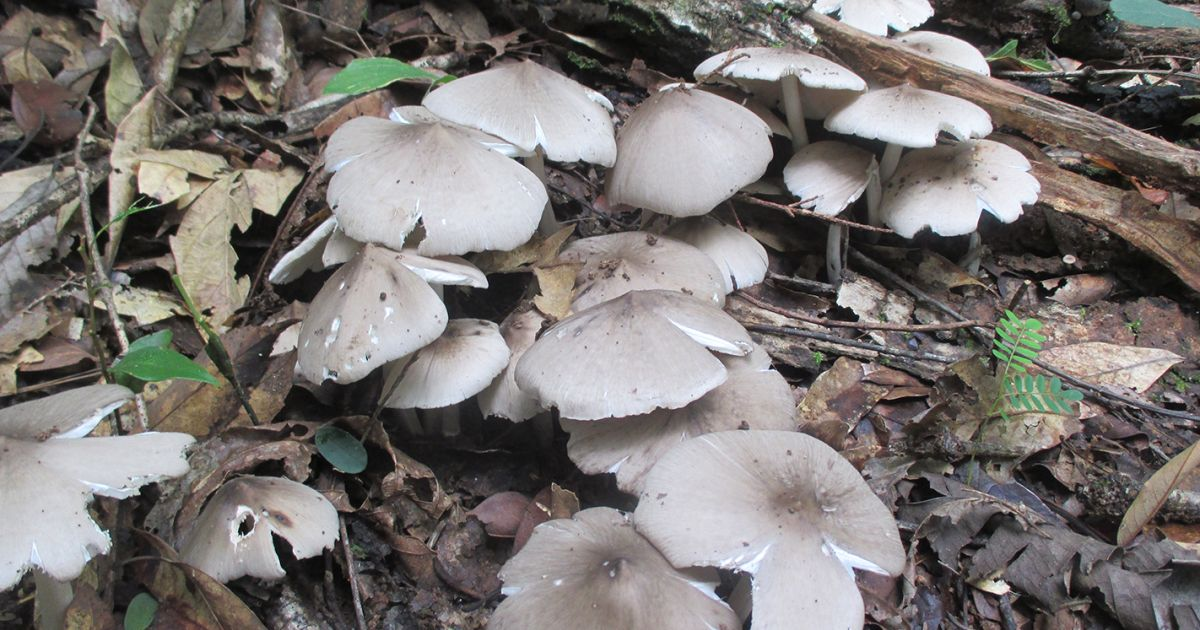Free Courses Sale ends Soon, Get It Now


Free Courses Sale ends Soon, Get It Now



Copyright infringement not intended
Picture Courtesy: https://www.phakhaolao.la/en/kb/0000081
Context: Researchers in Goa have successfully produced gold nanoparticles using a common edible mushroom called Termitomyces heimii, also known as "roen olmi", demonstrating the potential of natural resources for advanced applications in nanotechnology.
Key Highlights
|
Termitomyces Species |
|
|
Feature |
Description |
|
Classification |
Genus of basidiomycete fungi in the family Lyophyllaceae |
|
Symbiosis |
Obligate mutualism with fungus-growing termites (Macrotermitinae) |
|
Distribution |
Primarily tropical regions |
|
Number of species |
Over 100 described species |
|
Size variation |
Largest: Termitomyces titanicus (up to 1 meter cap diameter) Smallest: Termitomyces microcarpus (few centimetres cap diameter) |
|
Habitat |
Termite nests, often associated with specific termite genera like Odontotermes, Macrotermes, and Microtermes |
|
Growth substrate |
"Combs" formed from termite excreta containing woody fragments |
|
Edibility |
All species are edible and some are highly regarded for their flavor |
|
Nutritional value |
Source of protein, vitamins, and minerals |
|
Medicinal properties |
Potential for antioxidant, anti-inflammatory, and anti-cancer activities |
|
PRACTICE QUESTION Q. What is the local name for the Termitomyces species of mushrooms in Goa? A) Roen Olmi B) Gold Olmi C) Termito Gold D) Goa Mushrooms Answer: A Explanation: Termitomyces is a genus of mushrooms that grow in association with termites. They are widely consumed as food in many parts of Africa and Asia. In Goa, these mushrooms are locally known as Roen Olmi, which means 'red mushrooms' in Konkani, the regional language. Roen Olmi are highly prized for their taste and nutritional value, and are often cooked in coconut-based curries or fried with spices. They are usually available during the monsoon season when the termite mounds produce the fruiting bodies of the fungus. |
© 2024 iasgyan. All right reserved